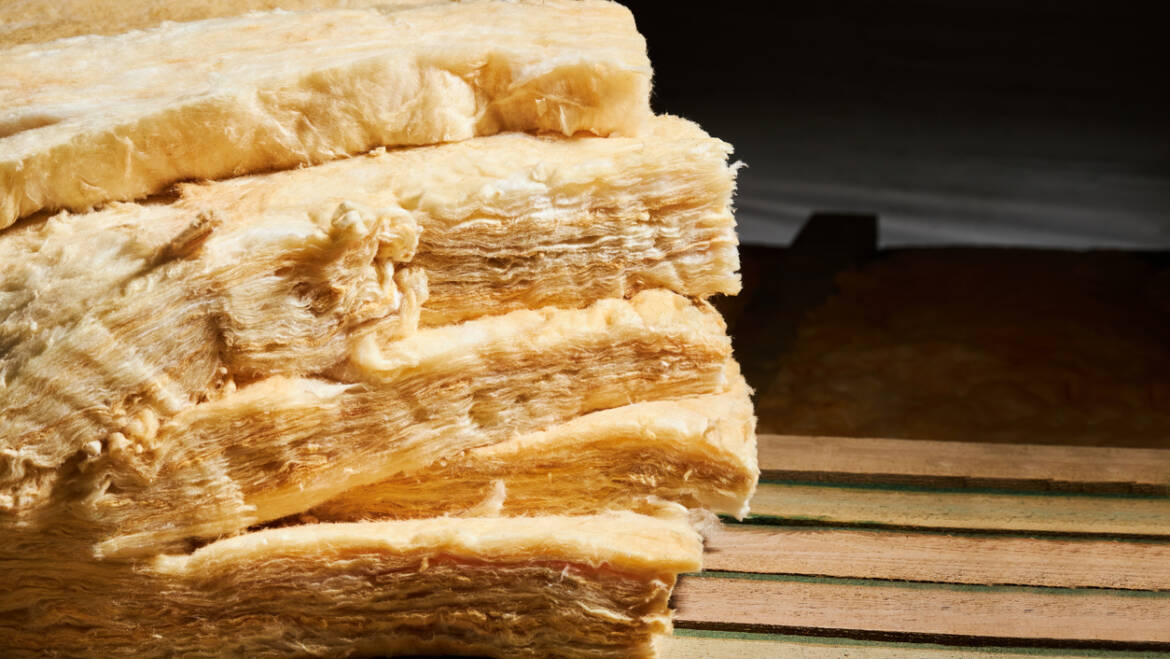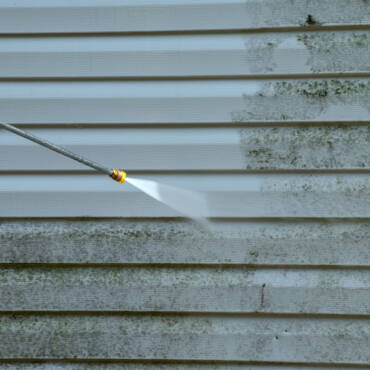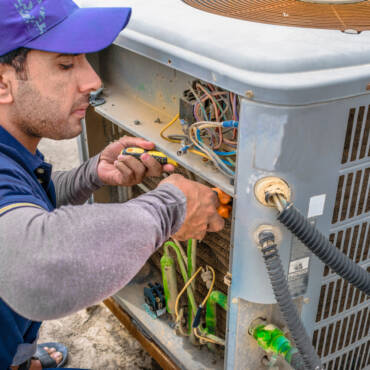You know the saying in Chicagoland; “We’re the only place in the country where you could you use your air conditioner and furnace on the same day.”
Right now, our daily living expenses are more expensive, from eggs to gasoline, and that includes our heating bills. You’ve been told since the day you bought your first home that in order to lower your heating bills, you’ll need to get good windows and not skimp on insulation.
New windows in the house is an expensive proposition but new or additional insulation can be done in just a few days, is much less expensive, and will cause much less upheaval in your house. But how much insulation do you need? Do you buy rolls of insulation from the big box store? How is it installed? What about in the walls? Should you insulate the attic? The attached garage? What about the detached garage? Maertin Heating and Cooling has your answers!
As a general rule, the longer a house has been standing, the more likely it is that your insulation has been compromised and needs to be replaced. Insulation gets old and compresses, so if your house is more than 10 years old, it’s likely you need to replace the insulation or add to it. You’ll know for sure by putting your hand on the walls or ceiling when it’s cold outside. If they feel cold, your furnace is working harder than it should to keep your house warm, wasting energy and your money.
Consider the following areas for new or added insulation:
- Garage: Insulationreduces air loss and prevents air from getting in. Since garages are one of the worst areas when it comes to energy efficiency, insulation is crucial to keep your house cool in the summer and warm in the winter. If there are rooms above the garage, insulation is a must. If your garage is a “man cave” or a workshop, the temperature will drop into the 40s or 50s in the winter without insulation making it pretty uncomfortable. Even if your garage is detached, insulating the structure – and perhaps adding a garage heater – will make it much more than a storage space. It will become real living space.
- Attic: There are so many benefits to insulating your attic. Insulation keeps the temperature stable in both summer and winter, making the house more comfortable. Because snow won’t be melting from underneath, warmed by your furnace, and then freezing on top from the winter cold, insulation will prevent ice dams on your roof. Attic insulation will prevent large icicles from forming and could very well save you thousands in home repair costs. Insulation also makes the house quieter – especially if you live in high traffic areas, around airports or near train stations. Not only will attic insulation save you up to 50 percent on your heating and cooling bills, but it will also increase the value of your home when it’s time to sell.
- Basement: Insulating basement walls will keep the basement cooler in the summer, and will keep cold air out in the winter. Even if your basement is unfinished, insulating it will keep the rest of the house more moderate and help your HVAC system work more efficiently. Insulating the ceiling of your basement is also a great idea for several reasons. Is your child an aspiring drummer? Put that drum set in the basement where insulation will absorb the sound and keep the upstairs house peaceful and quieter. Insulating the basement ceiling keeps the floors of the level above it warmer and more cozy.
- In Between Floors: This is a tricky one. It’s best to putting insulation on the ceiling of the first floor of a multi-story home during construction or perhaps during an extensive renovation. Once drywall is put into place, opening the ceilings to add insulation is expensive and messy.
Adding insulation is almost always a good idea to cut costs and save energy. Insulation will pay for itself over time and it’s one of the best long-term investments you can make in your home.
Do you have questions about insulation or your home’s energy use? Call Maertin at 708-479-9350 or click here to request an appointment. We are happy to help!





